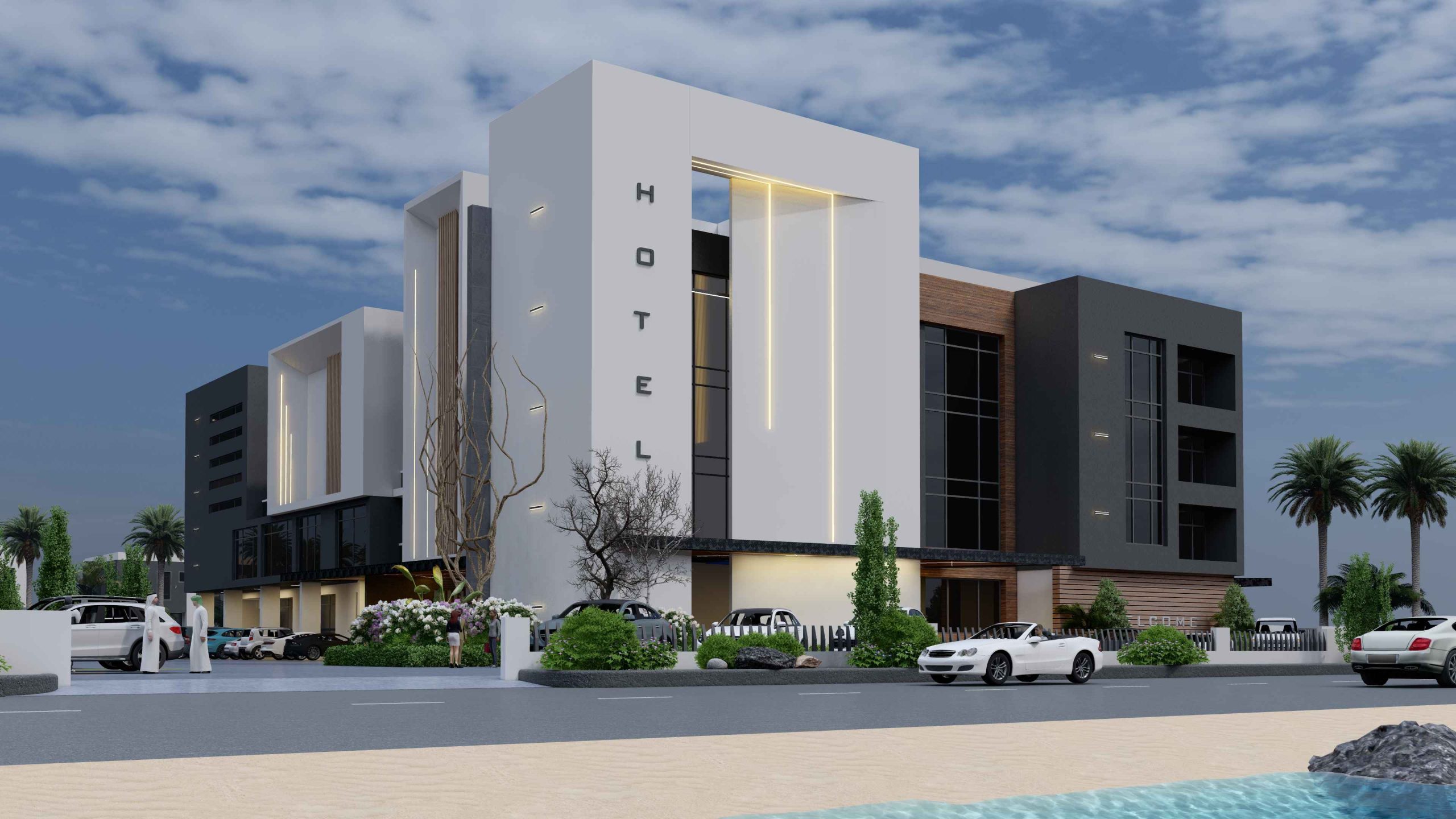Colonial architecture has had a significant influence on Nigeria’s urban landscape. During the period of British colonial rule, which lasted from the late 19th century until Nigeria’s independence in 1960, the British introduced their architectural styles and urban planning principles.
Architectural Styles: Colonial architecture in Nigeria predominantly reflected British architectural styles of the time. This included the use of neoclassical, Victorian, and Edwardian architectural elements in government buildings, churches, and other important structures. These styles often featured grand facades, columns, and ornate details.
Urban Planning: The colonial authorities introduced urban planning concepts that shaped Nigerian cities. This included the establishment of grid layouts in some urban areas, which is still evident in cities like Lagos and Ibadan. These grid patterns facilitated organized development and infrastructure.
Government Buildings: Many colonial-era government buildings, such as the Governor’s Residences and administrative offices, were constructed in neoclassical styles. These structures remain as historical landmarks and continue to influence architectural trends in government projects.
Christian Missionary Influence: Colonial architecture also left a mark on religious buildings. Christian missionaries built churches with European architectural features, and these structures became prominent landmarks in many cities and towns.
Adaptation and Fusion: Over time, local architects and builders began to incorporate colonial architectural elements into indigenous designs, creating a fusion of styles. This blending of architectural traditions is especially evident in residential structures.
Legacy: Today, many colonial-era buildings still stand and contribute to the unique character of Nigeria’s urban areas. Some have been repurposed for modern use, while others are in need of preservation efforts to protect this historical heritage.
In summary, colonial architecture has left a lasting imprint on Nigeria’s urban landscape, both in the design of key buildings and in the urban planning concepts that continue to influence the development of cities and towns. This legacy represents a fusion of British colonial styles and indigenous architectural traditions.




